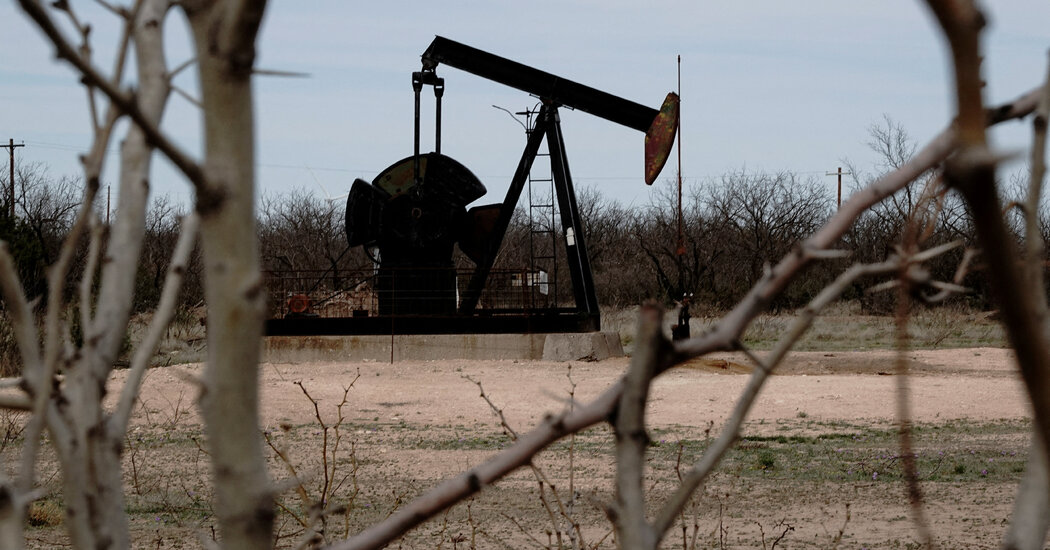Two large Texas oil producers are joining forces in a deal valued at $26 billion, the latest in a wave of consolidation in the U.S. energy industry.
Diamondback Energy and Endeavor Energy Resources, both major players in the booming Permian Basin oil field that straddles New Mexico and Texas, announced on Monday that they would merge in a cash-and-stock deal, with Diamondback’s shareholders owning about 60 percent of the combined company.
The Permian Basin was once seen as a worn-out patch. But over the last decade or so, technological advances, including the advent of fracking, or hydraulically fractured horizontal wells, have opened its oil- and gas-rich shale fields to development. The basin has been transformed into the most productive oil and gas field in the United States.
“With this combination, Diamondback not only gets bigger, it gets better,” Travis Stice, the company’s chief executive, said in a statement.
Diamondback Energy, which was founded in 2007 and has been publicly traded since 2012, reported that it had $9.6 billion in revenue, primarily from oil, and more than $4 billion in profit in its last fiscal year. It has a market value of about $27 billion.
“Diamondback was built through an acquire-and-exploit strategy,” Mr. Stice wrote in a letter to shareholders in November. He added that being a “low-cost operator” had been the company’s strength, and that “we expect Diamondback to remain a consolidator in the future.”
Endeavor’s roots date to 1979, when a wildcatter, Autry Stephens, drilled his first well in West Texas. He turned his business into Endeavor in 2000, and it has grown into one of the largest privately held operators in the country. But Mr. Stephens, whose worth Bloomberg estimates is almost $15 billion, is now 85, and the current wave of consolidation makes this a good time to sell.
“As we look toward the future, we are confident joining with Diamondback is a transformational opportunity for us,” Mr. Stephens said in a statement.
Deal fever has been sweeping the industry, as oil and gas companies race to consolidate despite predictions that peak oil is only years away as the world turns away from fossil fuels. Over the years, the shale drilling industry has become an industrial process, with the strongest companies acquiring more acreage to give themselves better options and lower costs.
The combined company would be a substantial player, producing 816,000 barrels of oil and gas a day from a total of 838,000 acres. According to a news release, they would be able to break even financially with oil at under $40 a barrel, well below the current price of about $76 a barrel for West Texas Intermediate, the U.S. standard.
The companies expect the deal to close in the fourth quarter of this year, subject to approvals by regulators and shareholders.
A series of major deals were announced one after another last fall. In October, Exxon Mobil said it would buy Pioneer Natural Resources for $59.5 billion, positioning Exxon Mobil as the largest player in the Permian. Later that month, Chevron, the second-largest U.S. oil company, said it would buy Hess in a deal valued at $53 billion, though the most highly prized assets in that transaction were abroad, in Guyana.
Occidental Petroleum made an aggressive play in the Permian in 2019, when it beat out Chevron to spend almost $40 billion to buy Anadarko Petroleum. This past December, Occidental announced it was buying CrownRock, a privately owned oil producer in the region, for $12 billion. The purchase covered 94,000 acres, including about 1,700 undeveloped locations, Occidental said.
The Permian basin has been a focus for environmentalists concerned about how the fracking boom has depleted water resources and led to methane emissions.
Stanley Reed contributed reporting.



